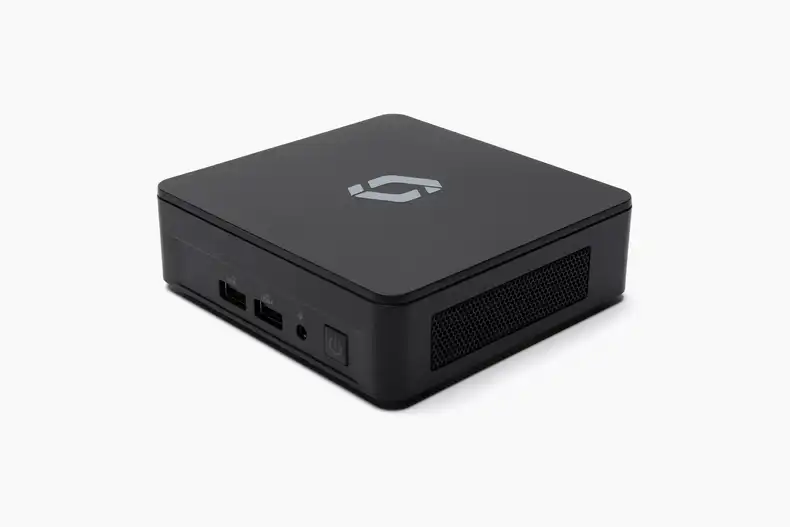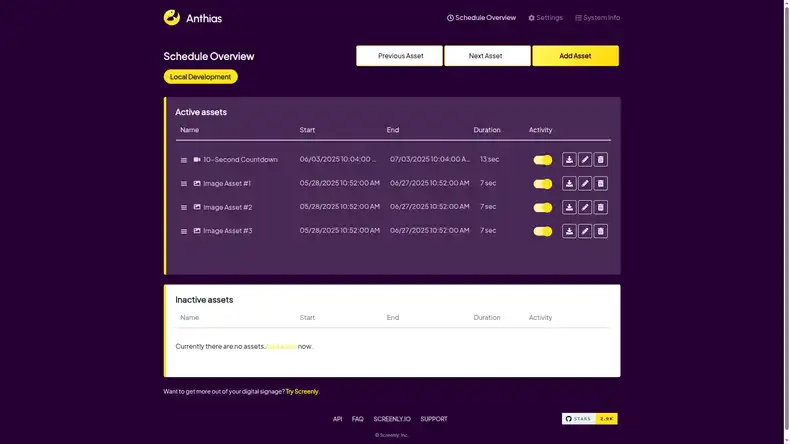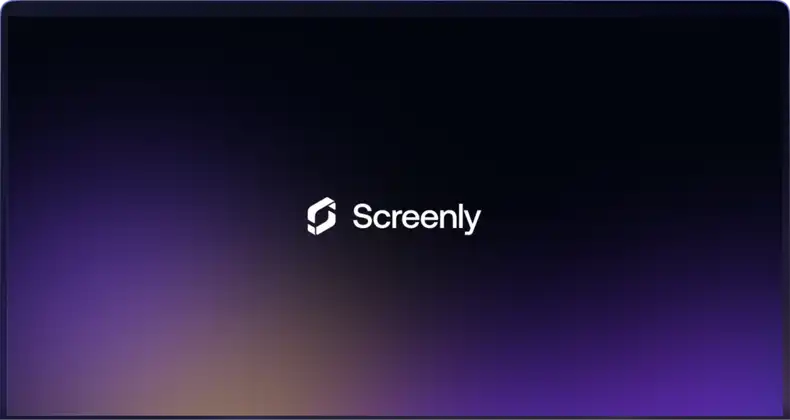Communication is key to a successful team and to a successful business. Without proper communication in the workplace, individuals are not optimally effective in coordinating their efforts to achieve a common goal. Even with a team of extremely talented individuals, the team’s efforts will not produce optimal results for the business if each employee is working in isolation. In this article, we describe one actionable step that teams can take to help ensure effective communication in their workplace.
Why is communication in the workplace so important?
When employees work in isolation, teams miss deadlines, teams drop balls, and sometimes employees unnecessarily repeat work that has already been completed by someone else. As described by the Harvard Business Review, “companies that communicate effectively had a 47% higher return to shareholders over a five-year period (mid-2004 to mid-2009).” However, despite this significant link between effective communication and company performance, communication issues are a frequent complaint among employees. In fact, in a poll of 1,000 participants conducted by Harris Poll, “91% of employees say communication issues can drag executives down.” In today’s competitive marketplace, how can business leaders best foster effective and open communication among team members?
An effective communication tool that you can implement this week
One of the best ways to improve communication in the workplace is by frequently sharing information with your team. This information can include business metrics, updates on customer accounts, progress on team goals, and even fun information such as wins that employees have each week. However, business leaders may be unsure of the best method in which to share this information with their team. Should you share information over face-to-face meetings or via frequent all-employee email blasts?
While the jury may still be out on what the best method is for sharing information, one communication tool teams must have is a digital dashboard. A digital dashboard is just what it sounds like: a digital display that shows important company information on a centralized dashboard. On a digital dashboard, teams can display key business metrics so that everyone is on the same page regarding company performance. Digital dashboards can also display live Google Calendars so that teams can keep track of upcoming meetings, client onboardings, and team building events. Teams can also display information from PowerPoint or Google Slides on their digital dashboards. This method is great for displaying general announcements, notices, or even a “Happy Birthday” message on a team member’s birthday. A digital dashboard can be installed quickly, and it can help your team quickly improve communication in the workplace.
Digital dashboards are an excellent device for improving communication in the workplace because they make information extremely accessible to everyone. With a digital dashboard, employees do not have to read memos or attend unproductive meetings to be up to date with the latest company information. Instead, employees can simply glance at the office’s digital display and quickly be in-the-loop regarding recent happenings in the company. Digital dashboards are often always-on and displayed prominently in an office space, and these features enable digital dashboards to democratize data access for employees across an organization.
How to implement a digital dashboard in your office
To build a digital dashboard for your organization, you will need a few components. First, you will need a media player that will render the dashboard data to your display. Secondly, you will need software that allows your media player to display live dashboard information. Lastly, you will, of course, need a display.
For a media player, the Raspberry Pi can render high-definition 1080p HD image, video, and live URL links to your digital dashboard display.
For software, Screenly offers a SaaS solution for digital dashboard content management. Screenly allows users to quickly change and schedule digital dashboard content from anywhere via a single web interface. This feature is particularly useful if your business needs multiple digital dashboards in several business locations. With Screenly, users do not have to visit each screen in person to update or change content. Also, Screenly will alert users if a digital dashboard experiences any playback issues. This way, your team can quickly fix issues and keep your digital dashboards up and running.
For your digital dashboard display, you can use any TV or monitor that accepts HDMI input. Most displays from your local electronics store will do the trick. Just make sure your display is compatible with VESA mounts, the industry standard for mounting displays to walls and other surfaces. Also, if you need to display your digital dashboard outside, be sure to check out more commercial grade solutions such as displays from NEC.
The limits of digital dashboards in improving communication in the workplace
While digital dashboards are an excellent tool for improving communication in the workplace, managers must remember that a digital dashboard is only a tool. A tool is not effective unless one uses it properly. Rather than seeing a digital dashboard as a replacement for existing communication methods, team leaders must incorporate a digital dashboard into their existing lines of communication. For example, team meetings can occur in front of the digital dashboard so that teams can view company data in real-time. When teams are in the middle of problem-solving, teams can view and discuss the business metrics together from the same screen. In this way, teams should view digital dashboards as tools that assist existing communication methods rather than as replacements to these methods.
What’s the next step to improve communication in the workplace?
To get started with improving communication in the workplace, you need to get your first digital dashboard up and running. You can do this quickly and easily with the Screenly Box 0. Other than the actual display, the Screenly Box 0 contains everything you need to get started with your first digital dashboard. These contents include as Raspberry Pi media player and Screenly’s digital dashboard management software. Once you install your Raspberry Pi media player and Screenly software, your next step is to display your business data on a dashboard interface. This step can be done simply via regularly updated PowerPoint slides or Google Slides. Alternatively, you can set up your dashboard interface using tools like Grafana or Screenful. Next, add your slides or live dashboards as an asset within your Screenly account, and schedule these assets to play on your digital dashboard. That’s it! You’re now well on your way to improving communication in the workplace via a beautiful digital dashboard for your team.





